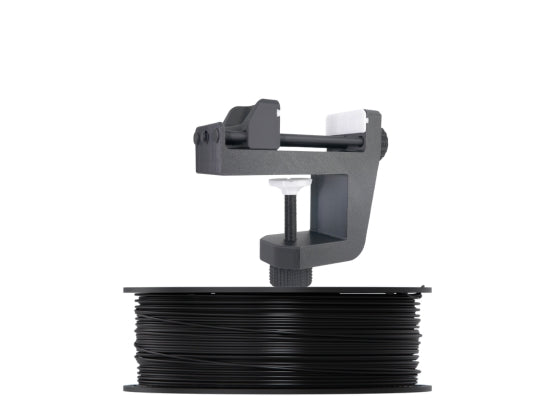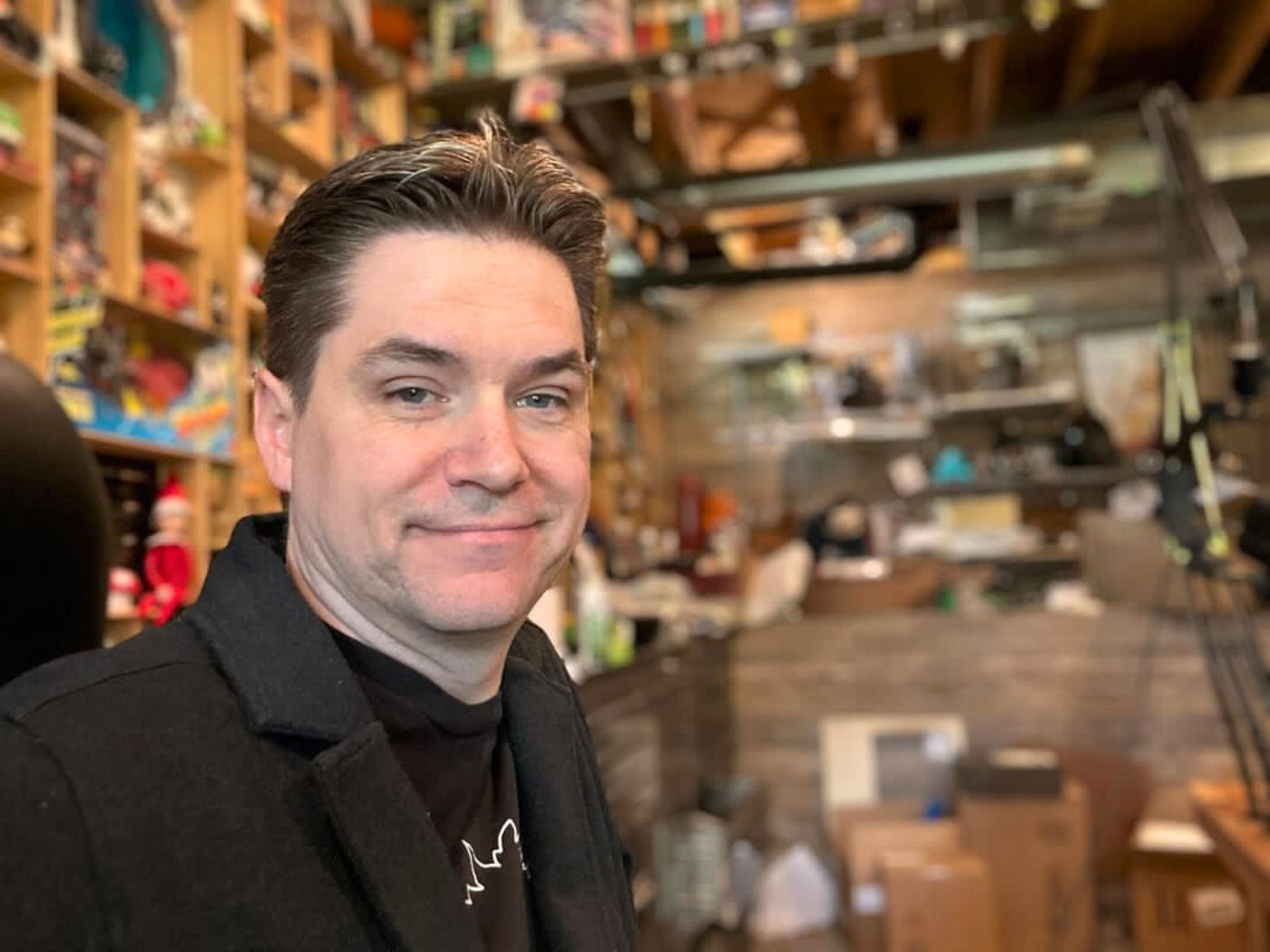Christian Koch, an inspiring 3D printing educator, shares his passion for teaching at GTS Offenbach, Germany, where innovation meets education in the fascinating world of 3D printing. In this exclusive interview series, we sit down with Christian and delve into his 3D printing journey as a teacher, father, mechanic and influencer.
Christian specializes in milling machine systems and is a master precision mechanic. He develops his own models and prototypes. As a father of three and a teacher, he prints toys, spare parts, decorations, prototypes, and gadgets for his children and community. Especially during the pandemic, he printed over 1,200 face shields at home and distributed them to kindergartens, doctors, hospitals, care facilities, and retailers.
Many people are inspired by his passion and follow his 3D printing experiences and progress on Instagram.
 Hexangon Shelf (Source: Christian Koch)
Hexangon Shelf (Source: Christian Koch)
Q1. What are your future goals and aspirations in terms of your role as an influencer and educator in the 3D printing community?
"I was immediately fascinated by 3D printing when I encountered it for the first time. The possibilities that it opened up were simply indescribable. I quickly realized the great benefit this technology could bring to the general public.
My goals are to reach as many people as possible with my work - inspiring, testing, and demonstrating new technologies, experimenting with new materials, and, above all, providing assistance with problems. I also aspire to be an integral part of the constantly growing community. I view all individuals in this field as a community that should learn from and benefit each other."
Q2. How do you approach teaching 3D printing to students, especially to make it accessible and enjoyable?"I start by exploring the history of 3D printing—its origins, inventors, and potential benefits across various fields. After covering these foundational points, I delve into different methods such as FDM, SLA, and SLS. I discuss the suitability of each method, along with their respective advantages and disadvantages.
Building on these theoretical foundations, my goal is to immerse students in practical work as quickly as possible. We explore the components of a printer together, understanding their functions. Additionally, we examine a variety of materials, discussing their suitability for different models and the advantages and disadvantages of each. Safety is a paramount concern, and we thoroughly address and highlight all potential sources of danger.
The actual printing process begins with the search for suitable models. I encourage students to prioritize models with practical utility. Once suitable models are identified, we collectively explore slicer programs, introducing the topic in small, manageable steps. I've printed models showcasing different slicer settings, such as layer heights, speeds, wall thicknesses, infill patterns, and more.
Initially, I focus on four key slicer settings: layer height, infill, supports, and print bed adhesion. With these fundamentals, students can successfully print both simple and complex models. As they gain confidence, I gradually introduce additional settings. Once students can independently print models without my guidance, they are encouraged to create their own designs using various CAD software."
 The Infinity Game (Source: Christian Koch)
The Infinity Game (Source: Christian Koch)Q3. What challenges do you commonly encounter when introducing 3D printing to younger generations? and how do you address them?
"Almost all students are immediately fascinated by 3D printing and the models on display upon entering the room for the first time, regardless of age. However, with younger students, you quickly notice their inclination towards figures and decorations, while older students are more interested in technical and mechanical models.
Despite these differences, all students share one thing in common - they quickly recognize the benefits and opportunities that this technology offers. Teaching younger students differs from teaching older ones, yet this technology provides its own advantages for all ages and interests. My goal is to provide every student with opportunities tailored to their individual interests, both in professional and private use."
Q4. The community loves your content and finds it fun and engaging. Where do you get most of your creative inspiration from?
"Mainly from my everyday life. If something breaks, I immediately think about reprinting it. If someone needs something that doesn't exist yet, I try to implement it using 3D printing. If I need decorations, I attempt to create them myself if there are no existing models. I also make toys for my children if there aren't enough building blocks, figures, etc., available.
Of course, the community is also a huge inspiration for me. I often come across models from others that I like, or a model leads me to construct my own version. As printers and materials continue to improve, implementation becomes quicker and easier. I find it remarkable that beginners can now achieve very good results. It's amazing how much has happened in this area in such a short time — from initial speeds of around 60mm/s to over 1000mm/s today, and from initially having just a few materials and colors to today's highly technological materials and all imaginable colors."
 Technic Tow Truck (Source: Christian Koch)
Technic Tow Truck (Source: Christian Koch)Q5. In your opinion, what are some of the most exciting innovations happening in the 3D printing industry right now?
"Multicolor prints, belt printers, and integrated features such as cameras and AI sensors - I'm excited to see what the future holds."
Q6. For young adults interested in pursuing a career in the 3D printing industry, what advice would you give them?
"Start at the beginning. Learn the basics of 3D printing. Consider buying an older or used printer to gain as much experience as possible. Even though today's good printers and materials offer many advantages, there are inevitably also disadvantages. If you truly want to excel, you must do more and learn from your mistakes. Understand what the printer is doing, why it does this or that (or not). Only with time and experience do you become proficient and confident in what you do. If you know and understand these aspects, a promising future awaits you, whether personally or professionally."
Technologies are constantly improving, and many new areas are opening up. The education program opens more doors to our future generations, providing opportunities that were once only dreamed of. Despite the challenges of navigating the ever-evolving landscape of 3D printing, it has a transformative impact on students and enthusiasts alike.
Join us on a journey of discovery as we explore the intersection of creativity, technology, and education in the fascinating and inspiring world of 3D printing.













